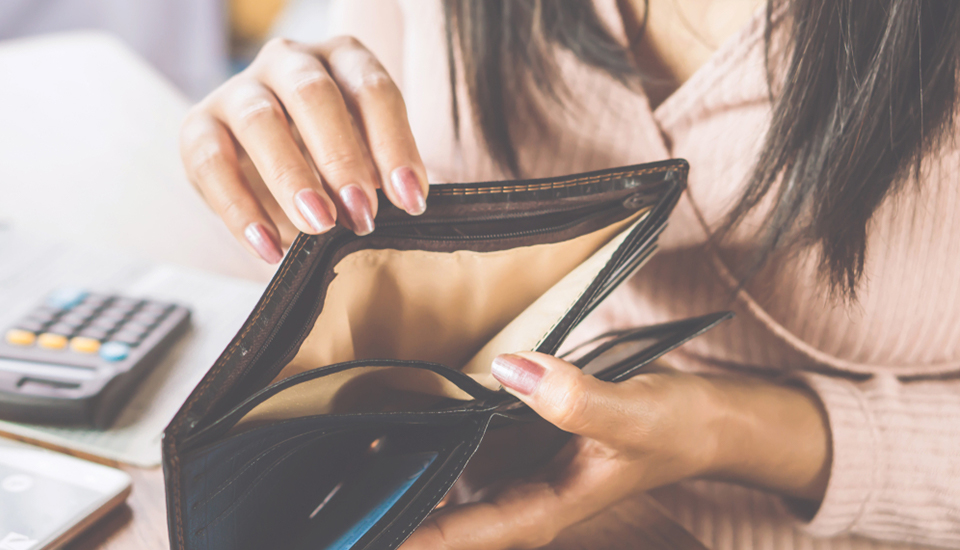The bad news? Most homebuyers are put off by the thought of saving for a 20-percent down payment. The good news? Today, that rule no longer always applies.
NerdWallet’s 2020 Home Buyer Report shows that 62 percent (or over six in 10) Americans believe they have to put down 20 percent or more in order to buy a house. This misinformation can cause unnecessary delays, making homebuyers think they need to wait several years before entering the market.
It’s not true: A large down payment has benefits if you have it, giving you the potential for higher home equity and a lower monthly mortgage payment. But plenty of loans with a low down payment exist — ranging from zero down up to 5 percent – and there are also more than a few options for decreasing it.
Here are at least 8 ways to make your down payment cheaper
Below, you’ll find helpful tips to make that happen:
1. Ask about a USDA or VA loan.
Veterans and active military may qualify for a VA loan, which doesn’t require a down payment. There’s also the USDA loan, requiring no money down for rural and some suburban buyers. If you’re not a vet, and you don’t plan to live in a city, searching for homes in a USDA eligibility zone could help you sidestep the down payment completely. And, USDA loans typically come with a lower interest rate.
2. Consider downsizing.
After quarantine, we’re all questioning our use of space. If you’re a homeowner looking to downsize, you may be able to access an all-time high level of equity and get into a new home with a relatively low down payment. If you’re renting, first-time-buyer-friendly loans and today’s all-time low rates may make it possible to purchase at the same or lower amount than what you’re paying in monthly rent.
3. Pay PMI.
Paying less than 20-percent down on a conventional loan will usually require private mortgage insurance as a monthly charge, also called PMI. PMI isn’t permanent; it’s dropped once your mortgage loan-to-value (LTV) reaches 78 percent. Record low rates and climbing home values may make it worthwhile to pay less down as a trade-off for PMI so you can start building equity sooner.
4. Request lender credits.
A lender credit is money fronted by your lender, going toward your closing costs. In some cases, it may be offered in exchange for a higher rate. While a lender credit can’t be used toward your down payment, your loan officer can help you weigh its benefits. Getting some or all of your closing costs credited — potentially saving you thousands — can make it easier to afford a down payment.
5. Request seller credits.
Like a lender, a seller can’t fund your down payment directly. But if you pay asking price, a seller might be willing to credit your closing costs, freeing up more money for your down payment. This is also called a seller concession. Once closing is covered, any excess can be used to pay prepaid PMI or homeowner’s insurance — again, indirectly reducing your down payment.
6. Save your tax refund.
Because of the pandemic, tax time was extended this year to July. So, you might find yourself getting back over $3,000 (based on the national average). This could go toward your down payment and might cover it completely. (Depending on your home’s price and loan type.) If you plan to buy in the near future, you can tweak your paycheck to increase next year’s refund.
Find a down payment amount that fits just right. Connect with a local loan officer now.
7. See if you’re eligible for down payment assistance (DPA).
There are thousands of programs that offer financial help with down payment/closing costs, for those who qualify. Most vary by location. Some programs offer a percentage of a loan’s value that can be put toward a down payment; normally, income and home price limits apply. Searching is simple. Ask your loan officer or Google “down payment assistance grants + [your city/county/state].”
8. Use a gift.
Tax laws allow loved ones to gift up to $15,000 a year tax-free. If this is an option for you, it’s a good idea to consult a tax professional to learn the maximum amount others can contribute. Outside help could offset some or all of the upfront costs of buying when using an FHA loan, for example, where all down payment and closing funds can be gifted.
You can beef up your down payment fund the old-fashioned way in the meantime. Just direct deposit a portion of your paycheck each month into savings.
Two years may be the standard for many when saving for 20-percent down. But saving up for an FHA loan with a down payment as low as 3.5 percent may take mere months in most states.* States like New Mexico, Louisiana, Texas, Oklahoma, Pennsylvania, Maine, North Dakota, South Dakota, Virginia, and Illinois are just some examples.
Buying a house doesn’t have to be hard — or expensive
To make it affordable and easy, work with a loan officer who cares. Click here to find a Cornerstone loan officer near you who can answer the tough questions and help you find the mortgage you feel good about.
*”How Quickly Can You Save Your Down Payment?” Keeping Current Matters, 2019.
For educational purposes only. Please contact your qualified professional for specific guidance.
Sources deemed reliable but not guaranteed.

